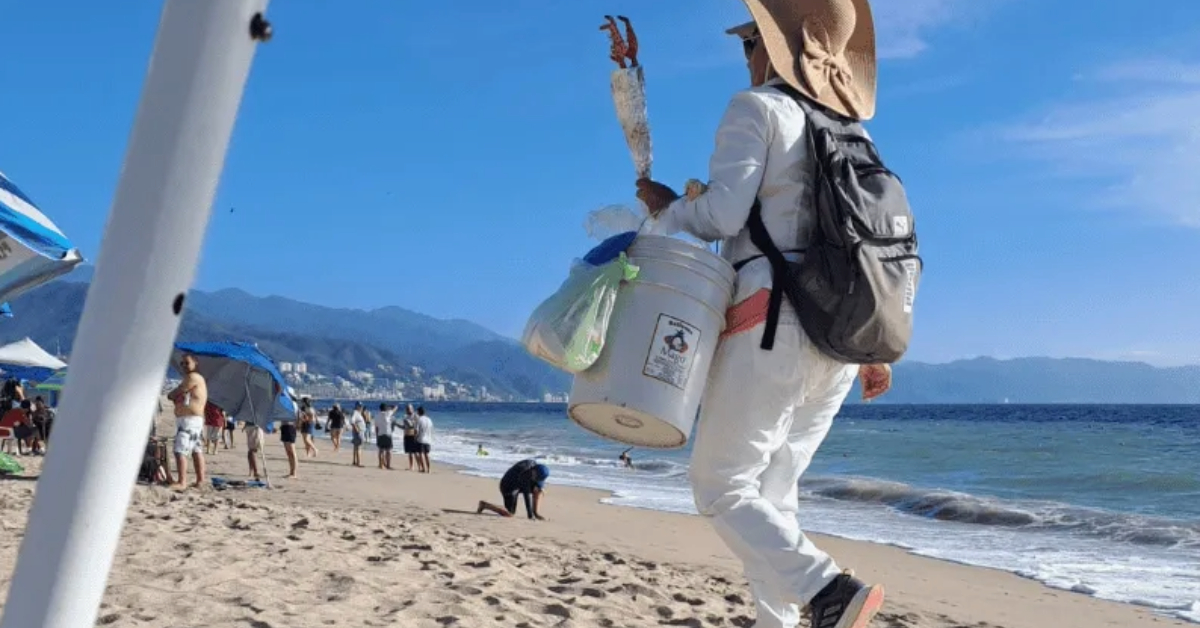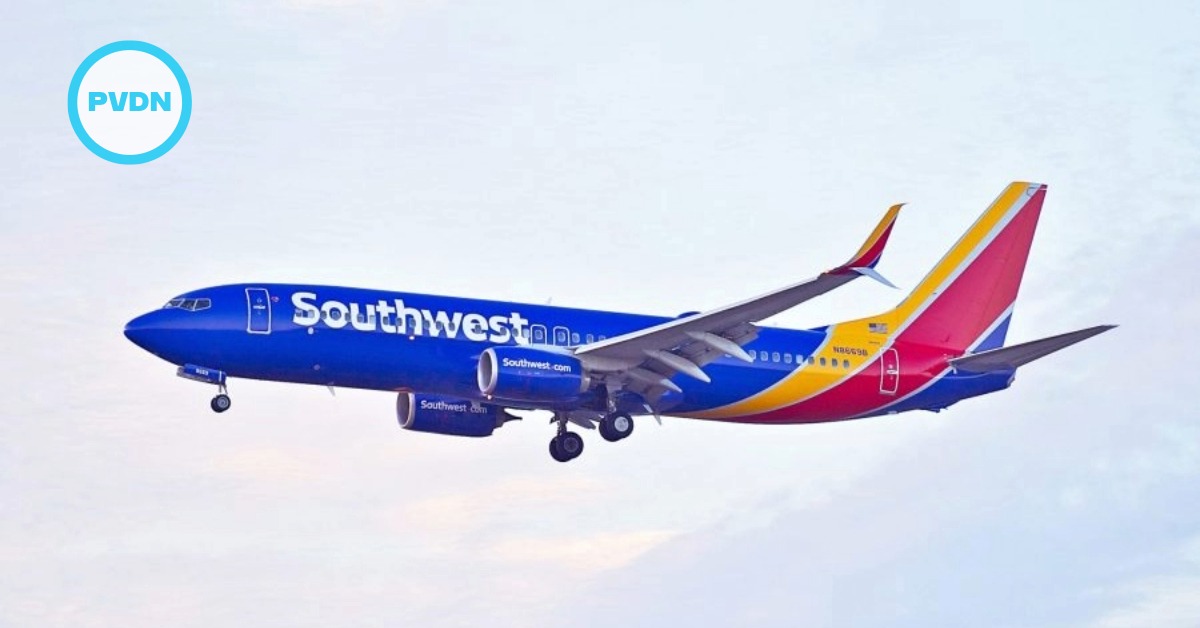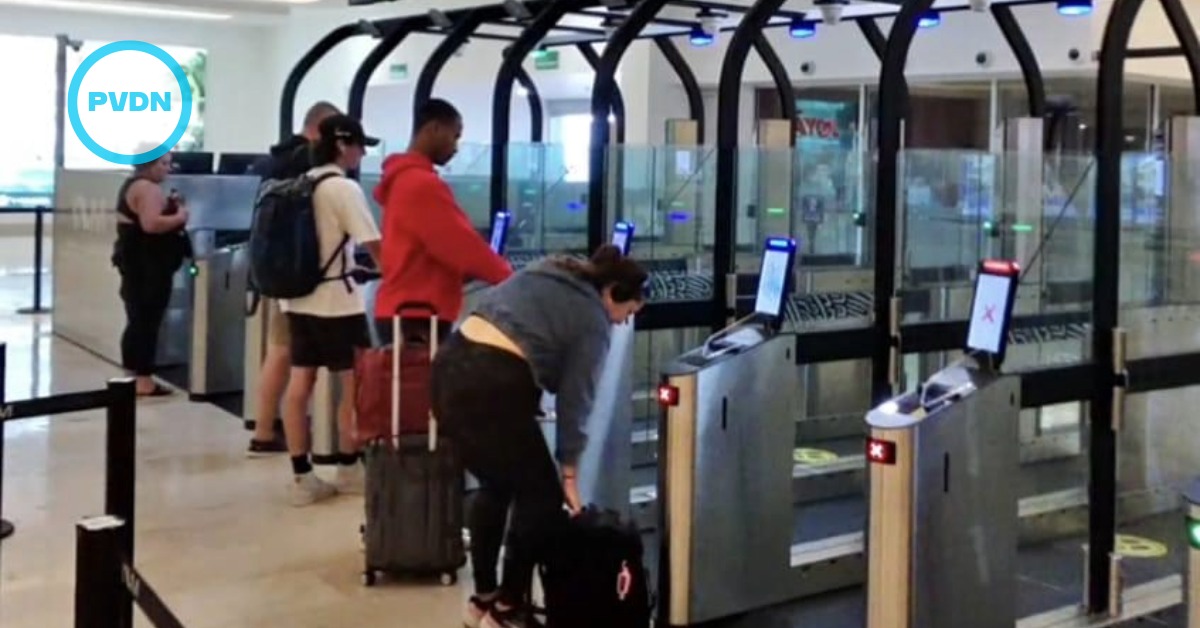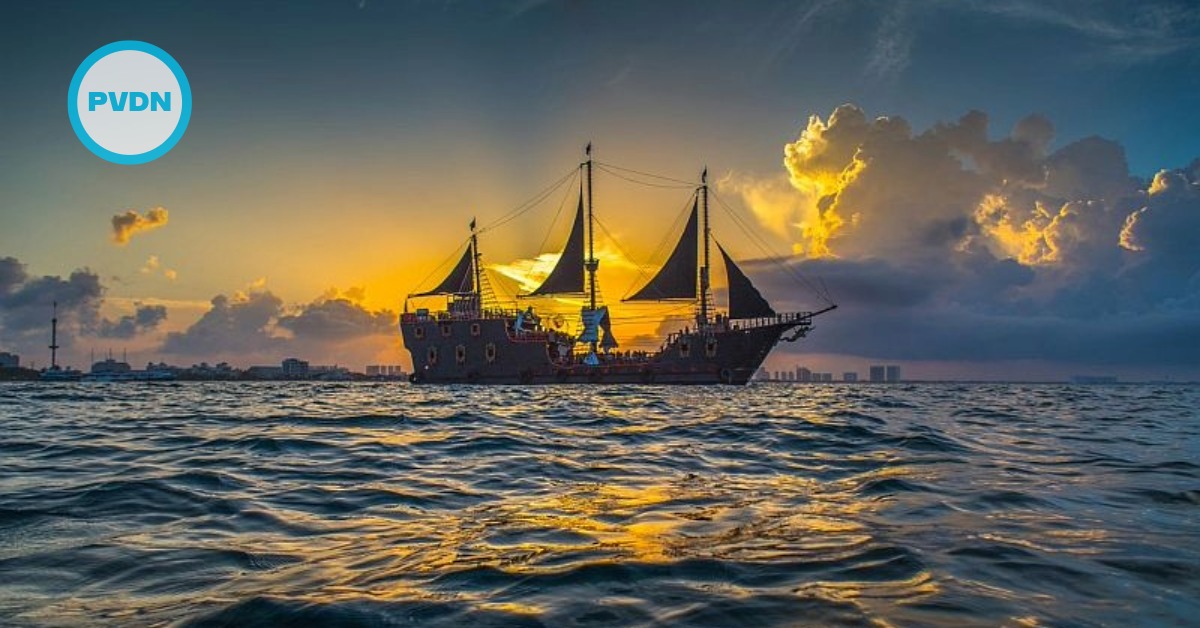Puerto Vallarta, Mexico - Tourism has seen remarkable growth in recent decades, evolving into one of the most significant industries worldwide. Its reach touches nearly every corner of the globe, bringing both prosperity and challenges to destinations. While mass tourism has fueled economic development, created jobs, and improved the quality of life for many communities, it has also led to a host of negative impacts, particularly in fragile environments like coastal destinations and historic cities.






